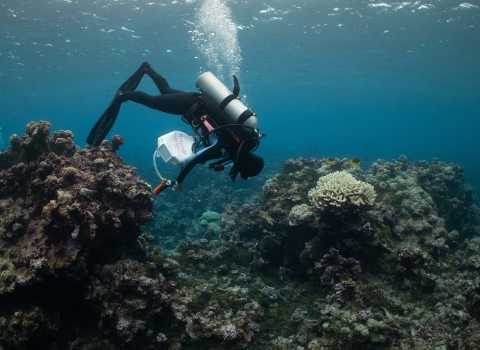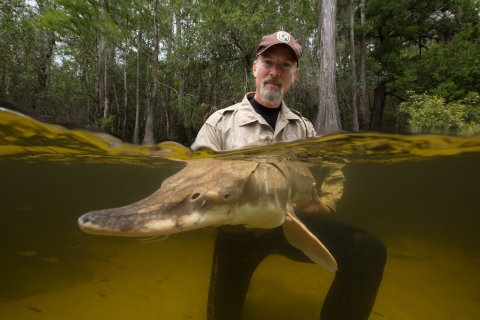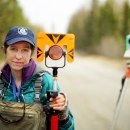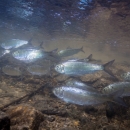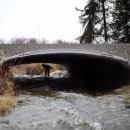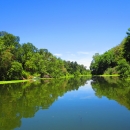About Us
The U.S. Fish and Wildlife Service is the nation's wildlife management and conservation agency. The Panama City Fish and Wildlife Conservation Office, established in 1970, is in the Southeast Region of the U.S. Fish and Wildlife Service. The office is currently led by Project Leader Chris Metcalf and five additional biologists, as well as two biologists at a sub-office stationed at Eglin Air Force Base. The office is the recovery lead for the Gulf sturgeon and Okaloosa darter. Panama City Fish and Wildlife Conservation Office staff conduct research and restoration projects to promote long term conservation benefits for those species. The office provides expertise in monitoring and recovery objectives to upland and aquatic environments for additional listed and at-risk species.
What We Do
The Panama City Fish and Wildlife Conservation Office designs and implements the monitoring and evaluation of fisheries information to our partners and coordinates our efforts to further conservation in the Gulf Coastal Plain of Alabama, Georgia, and Florida. The Panama City Fish and Wildlife Conservation Office supports a dynamic aquatic restoration program that addresses limiting factors for target species using a threats assessment road map to prioritize key life history bottlenecks, target critical locations, and identify restoration actions for important aquatic resources.
Our Organization
Projects and Research
Working with others is at the core of our operations. The Panama City Fish and Wildlife Conservation office uses applied sciences and innovative technology to drive today's management practices and enables the U.S. Fish and Wildlife Service to work effectively with our partners to meet today's complex conservation challenges. Whether it is river and coastal restorations, project planning, working with federal, state, non-governmental organization, or private landowners, effective partnering delivers results. Learn more about our efforts currently underway.
Get Involved
Whether you want to further conservation, learn more about nature or share your love of the outdoors, you’ve come to the right place. Panama City Fish and Wildlife Conservation Office provides many opportunities for you to help your community and fish and wildlife by doing what you love. We partner with volunteers, youth groups, landowners, neighbors and residents of both urban and rural communities to make a lasting difference. There are opportunities for everyone to get involved!



